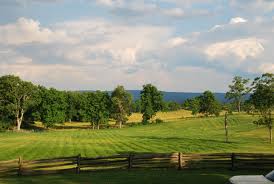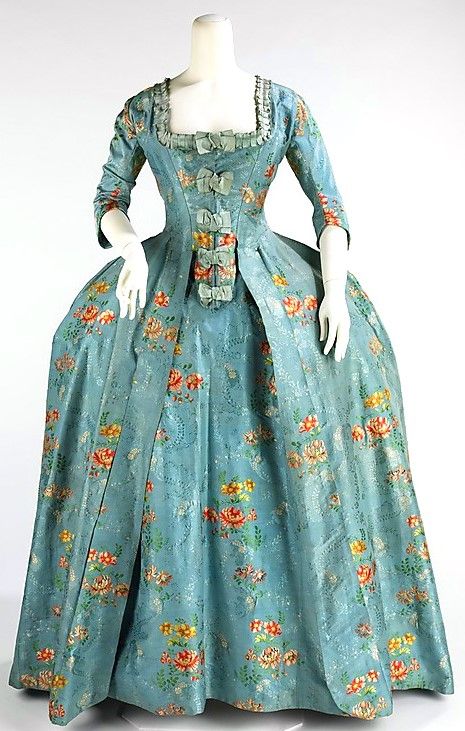Clarke County Genealogy, Wills, Estates, Indexes to Probate Records
In 1736 Thomas Fairfax, the sixth Lord Fairfax of Cameron, built Greenway Court on part of his 5 million acres near the village of White Post, West of the Blue Ridge border. The first settlers of Clarke County are believed to be the children of Tidewater planters who settled on large land grants from Lord Fairfax. To learn more, the earliest surviving will book was 1836 to 1845 and reflects the names of the homeowners in the area.

Clarke County Virginia Probate Records available to members of Virginia Pioneers
Indexes to Probate Records
- Index to Wills and Inventories 1845 to 1852
Digital Images of Wills 1826 to 1845 (Names of Testators)
- Avery, Julia
- Bennett, Richard
- Benson, Isabella
- Bill, Joseph
- Blakemore, Thomas
- Burwell, Lucy
- Byrd, Thomas
- Castleman, John
- Castleman, Sarah
- Craig, John
- Foster, John
- Gunnell, Sally
- Hout, Rudolph
- Kerfoot, John
- McCormick, James
- Orean, Jesse
- Page, Judith
- Page, Maria
- Page, P. S.
- Page, Robert
- Pageson, John
- Parker, Richard
- Phips, Juliet
- Reed, William
- Stribling, Penelope
- Thomson, John
- Timberlake, Richard
- Tunsten, Margaret
- Watson, John
- Whillington, James
Digital Images of Wills 1845 to 1852 (Names of Testators):
- Barnett, Francis
- Biggs, Thomas
- Brownley, Betsey
- Brownley, Eliza
- Brownley, John
- Brumley, Lewis
- Burwell, Phillip
- Cramptone, Elizabeth
- Foster, Martha
- Glass, James
- Hardesty, Richard Sr.
- Harrison, Anna Mercer
- Hay, James
- Iden, William
- Jordan, Reuben
- Jordan, Thomas
- Larues, Joseph
- Lewis, Lorenzo
- McCormick, Albert
- McCormick, Charles
- Mustin, Lucy
- Milton, Catherine
- Page, Robert
- Tyste, George
- Wigginton, James
Colonial Dress
Shoe buckles were worn manufactured of brass, steel or silver. The periwig was worn during the latter part of the 17th century. In 1689, William Byrd sent one of his wigs to his London merchant with instructions to have it altered. The covering of heads of men consisted of the monmouth cap, the felt, the beaver or caster and the sraw hat. The neck-cloth was of blue linen, calico dowlas, muslan or the finest holland. The band or falling collar was made either of linen or lace. The material of the coat ranged from broadcloth, camlet, fustian drugget and serve to cotton, kersey, frieze, canvas and buckskin. In 1638 a pair of boots in Accomac were valued at forty pounds of tobacco.

